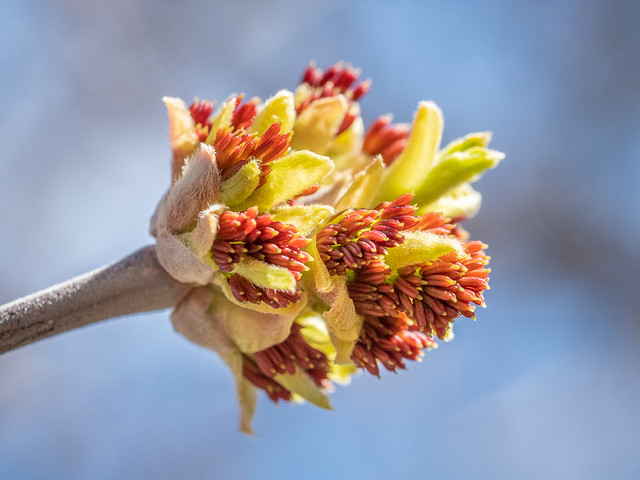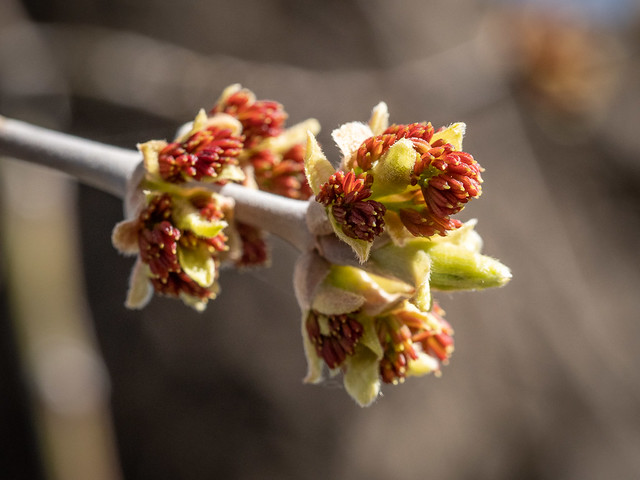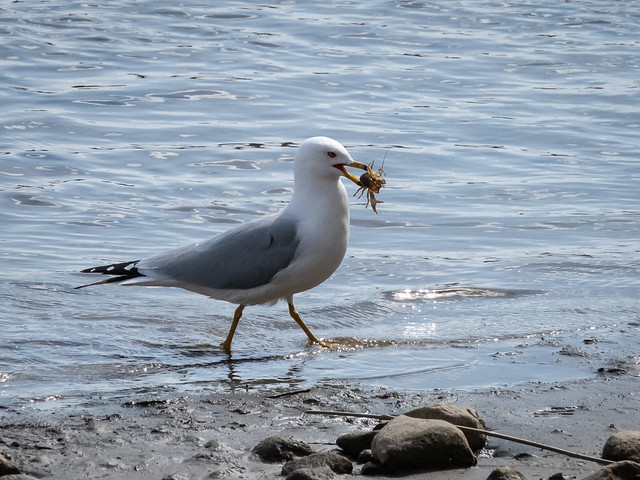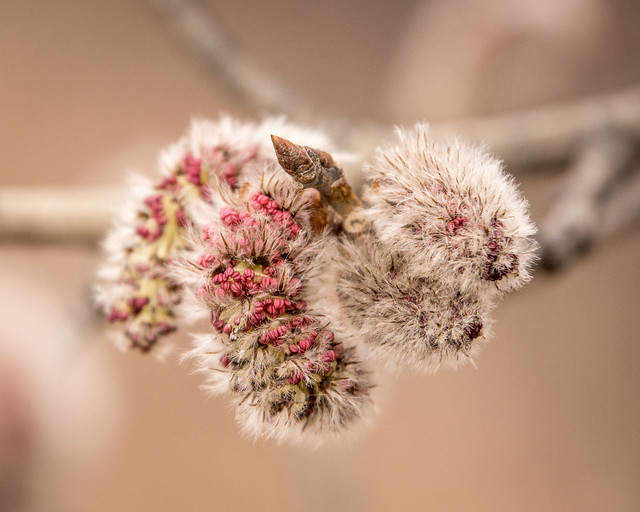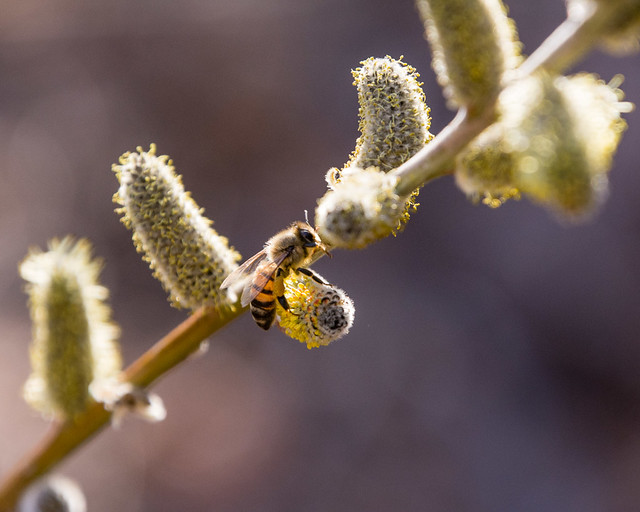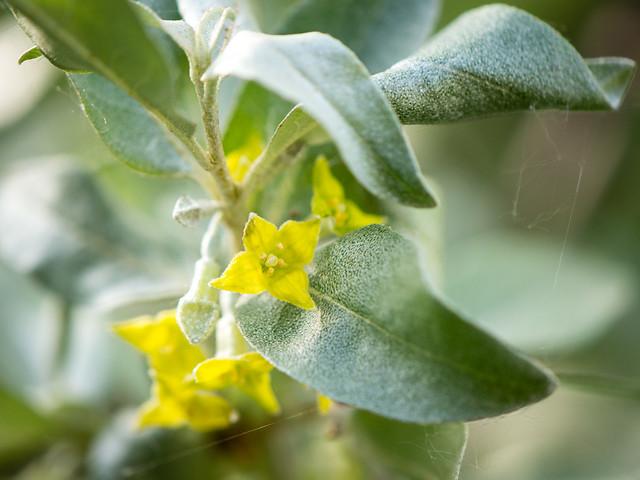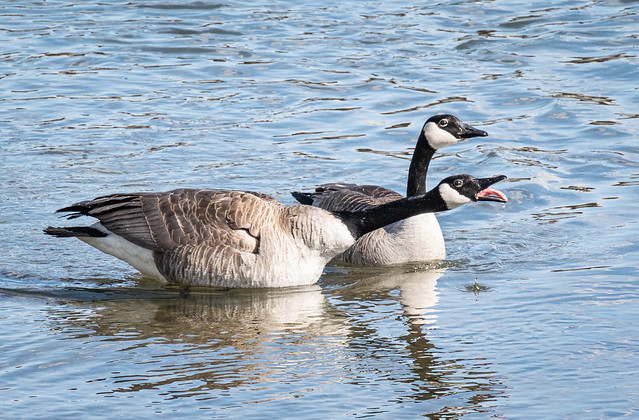1. How and when did you form your group?
The idea came in August of 2018. I was in a ceremony with some family and friends and I was praying for guidance on how to help the land and future generations. The phrase came fully formed - one school one farm. All the connections were there in an instant: the need for more biodiversity, the need for more diverse shelterbelts that provide more ecological and economic services, the need to sequester carbon, the need to care for the water cycle, the need to bridge the ever-growing rural-urban divide of community and understanding, the need to get kids' hands in the dirt and give them purpose, and the need to address nature deficit issues and to teach ecological literacy.
Our board came together through gatherings the following winter and we were registered as a federal non-profit in July of 2019.
2. What are your principal activities and why do you believe they’re important?
We connect a teacher with a land steward and facilitate the relationship that will culminate in the planting of an eco-buffer, prairie strip, or whatever design adds to the biodiversity and carbon sequestration potential of the land. So far this has included consulting on design, species selection, and ecological functions.
3. What were your successes (big or small) in 2020?
In 2020 we planned our pilot project and, even though it was cancelled because of Covid, this gave our group and participants time to settle into the process and build further on the relationships. Many students in the class involved last year are still involved this year, so that is positive.
4. What would you like to achieve in 2021?
We plan to have a wildly successful pilot project season with 3 different land stewards and 4 different classes planting an ecobuffer, a prairie restoration, and a food forest. We have students growing out plants for these projects right now (photos attached of the Walter Murray Outdoor School prairie plant nursery set up).
GROVICTORIA:
Groveland Regenerative Farm and Ecole Victoria School, Saskatoon (Ben Oaken's grade 6/7 class)
Goal: To design and plant an eco-buffer shelterbelt
The students have been researching eco-buffer design and all of the species they hope to incorporate. They are using Minecraft to lay out the design with specific symbols and legenda to indicate the species they are adding. Grovenland has 500 trees coming in early May.
WALTERESTORATION:
Restoring 71 and Walter Murray School, Saskatoon (Outdoor School and Brian Thorstad's Grade 9 class)
Goal: Prairie restoration
The students have been growing prairie plants for the Restoring 71 site. With the support of the South Saskatchewan River Watershed Stewards, each student will also have a shrub to plant. The group is learning about soil health from a PhD student in soil science.
5. If you could have 3 wishes for improving your community, what would they be?
1. One more board member who also wants to be the treasurer
2. Enough money to hire an executive director to keep us and all the projects organized
3. A membership in all related organizations so that we can support good work being done around the province and country
6. Are there volunteer opportunities with your organization? If so, please describe them and indicate how people can contact you.
Yes! Here is a list. We can offer guidance on all of these as well. Just email oneschoolonefarm@gmail.com
- Grow native trees, shrubs, flowers, or grasses for donating to the projects
- Grow fruit-bearing trees and shrubs for donating
- Create lesson plans for teachers around active engagement in ecological restoration, ecological literacy, nutrient cycling, soil health, biodiversity etc.
- Help with our online presence (we are severely lacking in this area)
- Become a board member (we need one with mad skills in fundraising, setting up charities, etc.)
- And, always, fundraising!
EcoFriendly Sask supports Saskatchewan environmental initiatives through an online publication, an events calendar, small grants, and the Nature Companion website/app. You can follow EcoFriendly Sask by liking us on Facebook, following us on Twitter, or by email (top right corner).









